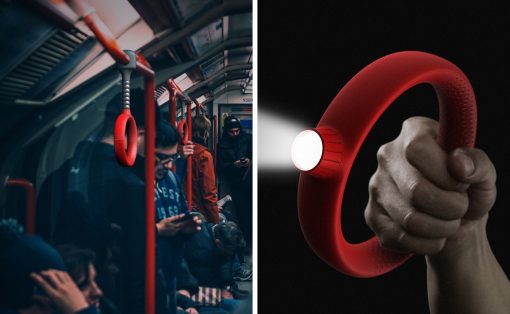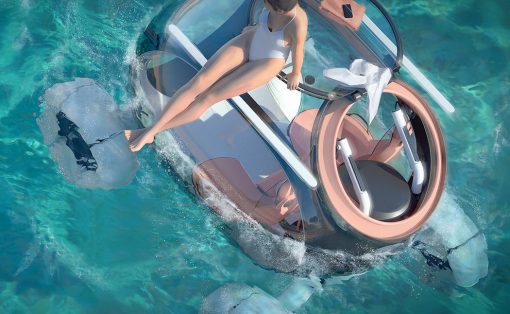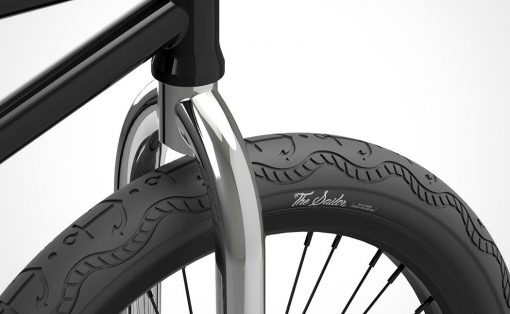Apple’s Vision Pro costs $3499, Meta’s Quest Pro had a launch price of $1499, and Microsoft’s Hololens 2 as well as the Magic Leap 2 Developer Edition were both priced upward of the $3000 mark. AR headsets aren’t cheap because of all the complex data they’re made to process in a matter of seconds. However, technology like the NEON Eye Tracker may help make the technology a lot more affordable by cutting down research and development costs. Built by the folks at Pupil Labs, Neon is a modular attachment that clips onto the nose-bridge of specialized eyewear. Armed with multiple cameras that point at your eyes as well as the world ahead of you, the Neon helps track your vision as you perform various activities from working to playing sports, traveling, or doing something that requires a specialized skill set. The gathered data helps “power scientific research and enable eye tracking applications beyond the possibilities of today”. In short, better spatial content, and hopefully more affordable VR/AR/XR headsets.
Designer: Hannes Geipel for Pupil Labs
![]()
![]()
What powers the Neon is that tiny module that fits right in the middle. Designed to conveniently sit right between your eyes without really obstructing your vision or interrupting your ability to engage with the world around you, the Neon’s eye-tracking module helps capture data of what your eyes look at, creating a heat map of the world around you based on regular as well as specialized scenarios.
![]()
![]()
The tiny modular unit packs all the necessary technical components (such as high-speed eye cameras, a wide-angle PoV camera, stereo microphones, and inertial measurement units) in a very compact space. The inconspicuous module can be inserted into a range of frames, which are tailored to different application scenarios. Contact points on the front connect to the circuitry within Pupil Labs’ frames, which then allow you to connect charging cables through the ear-stems, easily powering the Neon without having any large charging cables obstructing the wearer’s vision.
![]()
![]()
The Neon starts working the second you wear the glasses. No need to fiddle around with nose pads or camera positions, or even to calibrate the module beforehand. The module begins working the instant it’s powered on, offering crucial, actionable data in all sorts of environments including the sunny outdoors as well as complete darkness. All the technology is encased within water-resistant silicone, making the Neon just about as weatherproof as any existing eyewear.
![]()
The module automatically uploads its readings to Pupil Labs’ secure cloud framework, reducing the latency between data gathering and analysis. The cloud dashboard also offers advanced machine-learning tools like gaze mapping and scene understanding algorithms on the data gathered by the Neon module. The hope is that the democratization of these tools and the data gathered from them will help craft better real-life as well as virtual (or spatial as Apple calls it) experiences that put the user front and center.
![]()
The beauty of the Neon isn’t just its compact form factor, it’s also the fact that it’s designed with modularity and scalability in mind. While Pupil Labs offers an entire variety of frame types that support the Neon, its geometry is essentially open-source, allowing you to develop your own frames or modify your specialized eyewear/headsets to fit the module. This could be prescription glasses, protective eyewear, sportswear, glasses for children, minimalist frames that just hold the Neon without any lenses, or even AR/VR headsets that can now track the wearer’s gaze for more user-friendly and data-driven metaverse experiences.
![]()






